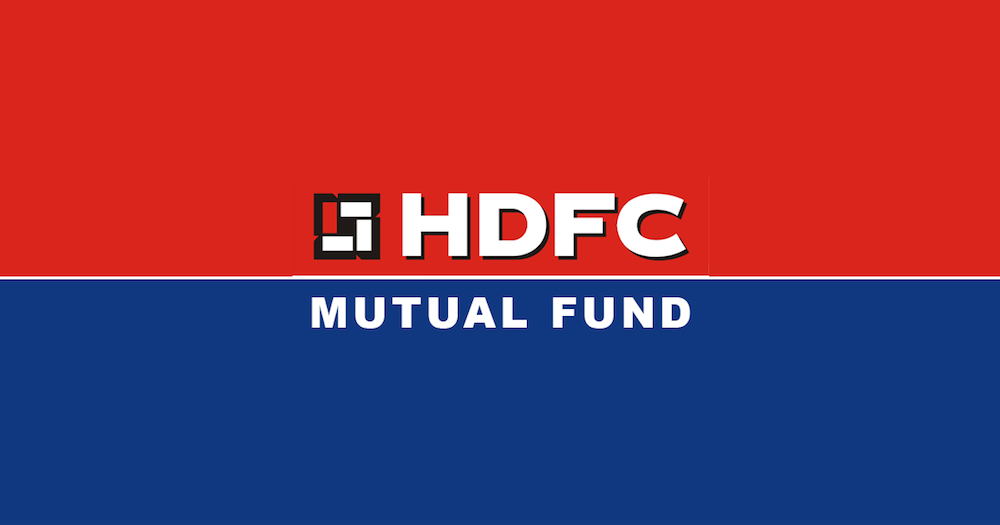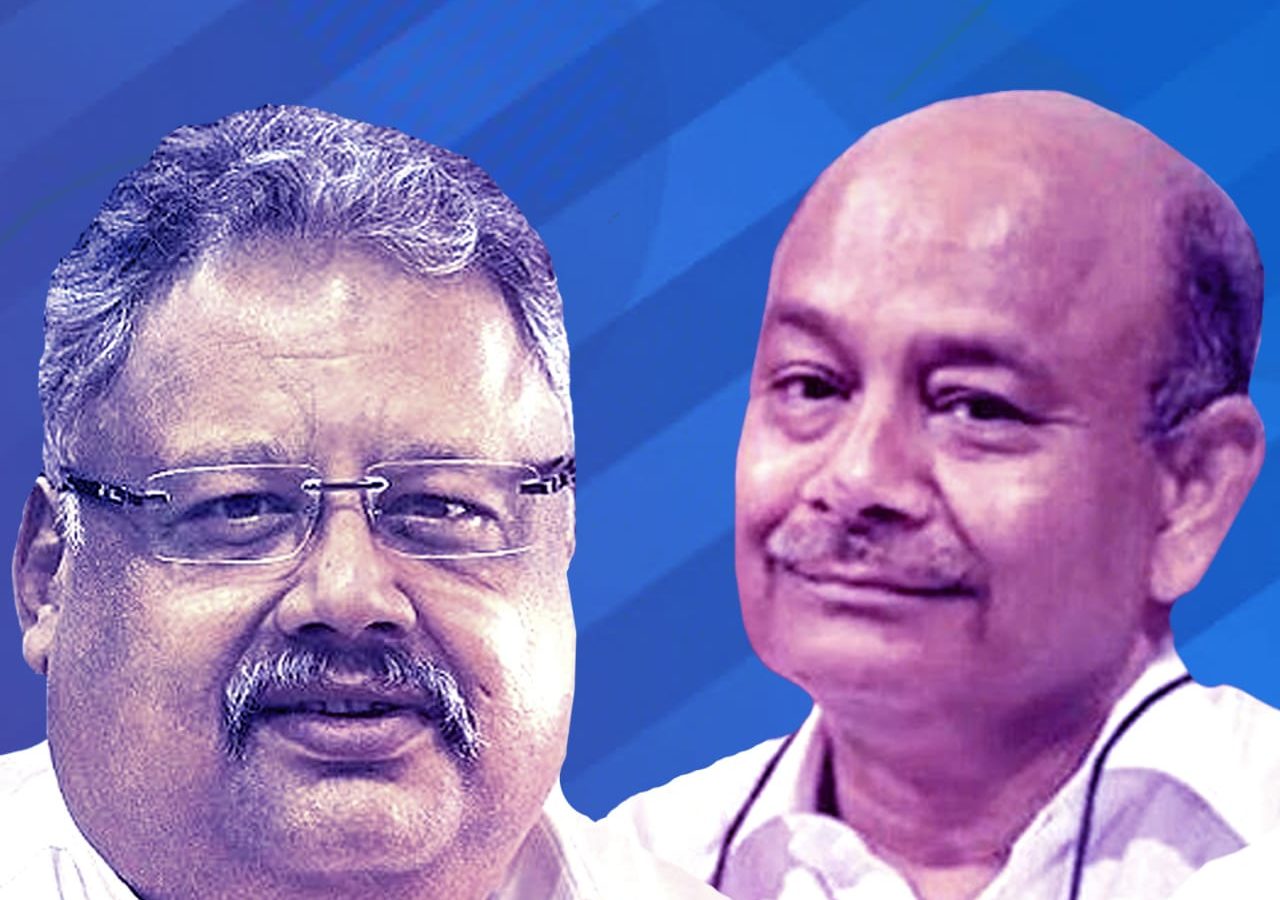The net asset value (NAV) of HDFC Balanced Advantage Fund as of 4th March 2022 is ₹27.9250 (monthly). The trailing returns over different periods are 11.98% (1 year), 14.36% (3 years), 10.92% (5 years), and 17.89% (since launch).
The fund house is HDFC Mutual Fund. It was launched on 11th September 2000. The fund follows the NIFTY 50 Hybrid Composite debt 50:50 index. It is an open-ended fund with high risk.
HDFC Balanced Advantage Fund holds AUM (Asset under Management) worth ₹42999.48 crores as of 31st January 2022. The expenses ratio is 1.67% for regular plans. The fund also carries an exit load- if investments get redeemed within one year, then 1% will get charged for units over 15% of the investment.
The minimum initial investment is ₹5000 and the additional investment is ₹1000. The minimum SIP investment is ₹500.
Things to consider before investing in HDFC Balanced Advantage Fund
- Investors should know that their investment will be at very high risk on investing in HDFC Balanced Advantage Fund.
- The 3-year annualized returns are 13.85%. Returns are absolute for less than 1 year period and are annualized for more than 1-year period.
- The recommended minimum investment period is 3 years to make investments profitable and reduce risks.
- The fund house takes 2 years and 3 months to double investors’ money.

Asset Allocation by HDFC Balanced Advantage Fund
The fund invests in a mixture of equity and debt. The investments keep on changing according to the market scenarios.
HDFC Balanced Advantage Fund allocates 69.89% of the portfolio to equity, 17.19% to debt, and the remaining 12.92% to others. It also invests across various market capitalizations- around 72% in giant and large caps, 18% in mid-cap and 10% in small-cap companies.

Top 10 Equity Holdings
| COMPANY | %ASSETS | P/E | 1 YR RETURN (%) |
| SBI | 11 | 12.59 | 20.41 |
| NTPC Ltd | 5.67 | 7.87 | 19.78 |
| ICICI Bank Ltd. | 4.84 | 20.57 | 20.57 |
| Coal India Ltd. | 4.62 | 7.31 | 19.79 |
| Larsen & Toubro Ltd | 3.66 | 28.83 | 16.96 |
| ITC | 3.37 | 18.77 | 8.13 |
| Power Finance Corporation Ltd | 2.19 | 2.1 | -15.17 |
| Infosys Ltd | 2.31 | 33.71 | 30.88 |
| Bharti Airtel | 2.15 | 127.95 | 22.69 |
| REC Ltd | 1.88 | 2.49 | -13.63 |
Top Debt Holdings
A debt portfolio has two kinds of risks- credit risk and interest rate risk. Fund’s duration and credit quality based on credit ratings drive interest rates of a fund. A credit rating assesses the creditworthiness and financial soundness of a company including its default rate and solvency position. High credit rating companies get a weighted average credit rating of AA- and funds with low credit ratings have less than BBB-.
| COMPANY | %ASSETS | P/E | 1 YR RETURN (%) |
| Housing Development Finance Corp. Ltd. | 0.75 | 18.69 | -12.83 |
| PowerGrid Infrastructure Investment Trust | 0.71 | – | – |
| LIC Housing Finance Ltd. | 0.48 | 12.1 | -21.52 |
| GOI | 0.47 | – | – |
Credit Rating
| RATING | HDFC BALANCED ADVANTAGE FUND |
| AA | 1.71% |
| AA+ | 2.85% |
| AAA | 3.09% |
| Cash and Call money | 12.92% |
| Others | 0.71% |
Top 5 sectors
| SECTORS | % ASSETS |
| Financial | 25.32 |
| Energy | 17.63 |
| Construction | 6.73 |
| Consumer Staples | 3.45 |
| Capital Goods | 3.27 |
Peer to Peer Comparison
| FUND NAME | NAV | AUM (in crores) | 1 YEAR RETURNS (%) | 3 YEAR RETURNS (%) | 5 YEAR RETURNS (%) | RISK (%) |
| HDFC Balanced Advantage Fund | 27.93 | 42999.5 | 11.63 | 13.85 | 10.94 | 20.46 |
| Edelweiss Balanced Advantage Fund | 20.21 | 7353.06 | 7.89 | 15.18 | 12.19 | 11.39 |
| Sundaram Balanced Advantage Fund | 13.98 | 1638.64 | 5.84 | 11.08 | 9.01 | 6.92 |
| ICICI Prudential Balanced Advantage | 16.74 | 38543.9 | 7.33 | 12.07 | 10.21 | 13.93 |
| DSP Dynamic Asset Allocation Fund | 11.58 | 4753.97 | 2.22 | 8.67 | 7.65 | 10.84 |
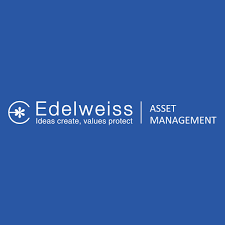

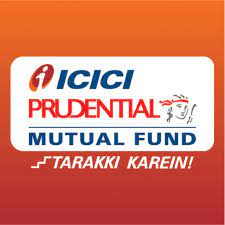
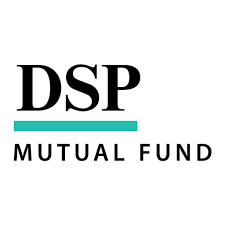
Tax implications
Hybrid Mutual Funds which invest 65% or more in equity instruments are taxed as equity funds and those which invest less than 65% in equity get taxed like debt funds. Generally, tax implications depend on the average asset allocation in one year. However, since market conditions and economic conditions are changing, equity investments keep on fluctuating. Hence, the tax treatment will be according to the asset allocation:
Equity
- Short term capital gains (redemption within one year of investment) are taxable at a rate of 15%.
- If redemption is after one year, but the gains are less than 1 lakh, then the gains are exempted from tax.
- Long term capital gains of more than 1 lakh are taxable at a rate of 10%.
Debt
- If the redemption is within 3 years of investment, then the income gets added to the taxable income and is taxable according to the applicable tax slab.
- If the investment is held for more than 3 years, gains will get taxed at 20% post indexation benefits. Indexation considers the current inflation which in turn increases the purchase price and ultimately reduced the tax liability of the investor.
Dividend Income:
- The dividend income from a fund house gets added to the income and is taxable according to the applicable tax slab.
- If the dividend income is more than ₹5000, then the fund house shall deduct 10% TDS on such income.
HDFC Balanced Advantage Fund performance in 2021
In December 2021, Balanced Advantage Funds saw inflows of ₹3793 crores. Later in 2021, it was the highest growing category among all equity and hybrid funds.
The reason is very simple. When equities rise, this fund will book profits and therefore limit your downside. When equities start falling, they will buy more shares. This way they take away the task of asset allocation. But all Balanced Advantage Funds do not follow the same strategy.
When equities fell in the December quarter of 2021, HDFC Balanced Advantage Fund was down by 8.3%. Its peers like Invesco Dynamic Equity Fund and Edelweiss Balanced Advantage Fund fell by 5%. Others like ITI Balanced Advantage and DSP Dynamic Asset Allocation Fund were down by less than 3%.
Hence, it is clear that all funds behave differently because of the equity allocation:
- Kotak Balanced advantages Fund and DSP Dynamic Asset Allocation Fund allocated 30% of the portfolio towards equity.
- IDFC Balanced Advantage Fund and ICICI Prudential Balanced Advantage Fund invest 40% in equity and equity-like instruments.
- Edelweiss and HDFC Hybrid Balanced Advantage Fund invest 60-70% towards equities.
- Lastly, in many schemes like Axis Balanced Advantage Fund, the equity component swung wildly.
Strategies
There are three strategies that these funds follow:
- Pro-cyclical, where fund houses like Edelweiss Balanced Hybrid Funds buy more equities at the start of the bull run and sell during the peak. Due to the unique model, this strategy can lead to a larger downside during a correction, but it will make up during an uptrend.
- Counter-cyclical, sell when the equities are at peak and buy when the markets correct. They are the best for medium-risk takers. ICICI Prudential Balanced Advantage Fund is a classic example of this strategy and is the second-largest growing category.
- High equity allocation, no matter where the markets move, the equity allocation is high. HDFC Balanced Advantage Fund has an equity allocation above 65%. Even if the equity percentage falls below 60% it still qualifies as an equity-oriented fund because it increases its arbitrage investments.
Conclusion
To sum up, HDFC Balanced Advantage Fund is an aggressive fund that does not use derivatives to reduce its equity allocation below 65%. Even though the fund provides higher returns than its peers, it also adds volatility. Over the past three years, it has provided a reasonable return of 15% which is fair considering the market conditions. So, if an investor wants to invest for the long term, more than three years, and at the same time wants to limit risks he can opt for HDFC Balanced Advantage Fund.

